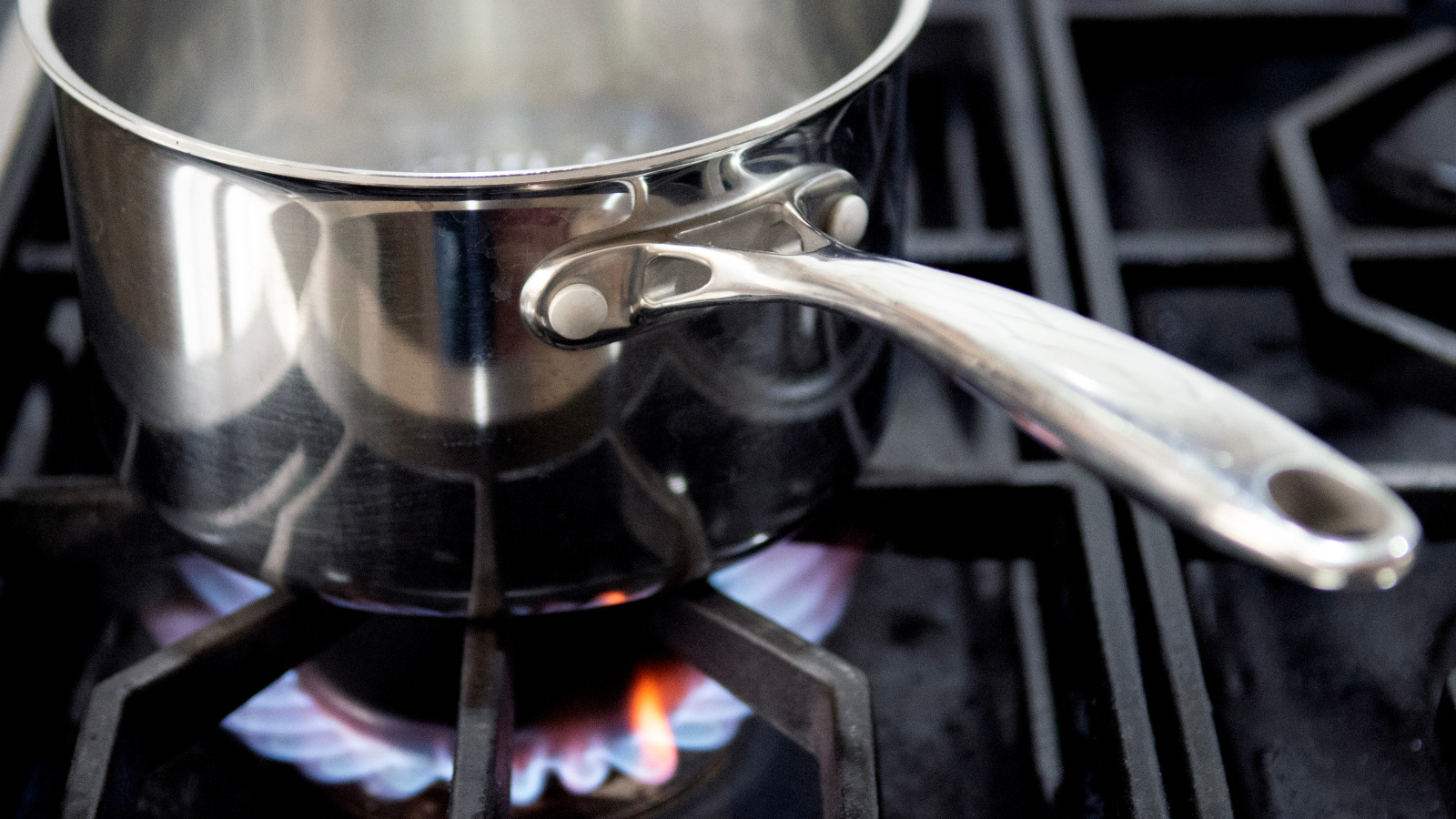Newly uncovered documents reveal that the gas industry understood that its stoves were polluting the air inside homes 50 years ago — and then moved to conceal that information. It stands in stark contrast to the industry’s denial of the health dangers posed by gas stoves today.
In a draft report on natural gas and the environment in January 1972, the American Gas Association included a section on “Indoor Air Quality Control” that detailed its concerns with pollution from gas appliances like carbon monoxide and nitrogen oxides. The document showed that the trade group was in the process of researching solutions “for the purposes of limiting the levels of carbon monoxide and nitrogen oxides in household air.” But all that information disappeared from the final text, according to reporting by the climate accountability site DeSmog on Thursday.
That draft report was sent to the National Industrial Pollution Control Council, what was then a government advisory council made up of 200 business executives representing industrial heavyweights, including utilities. When the council’s final report was published in August 1972, those utilities had removed the section on air pollution concerns, according to the DeSmog article. Arguing that the fuel should replace the coal used for power, heating, and cooking in homes, the report spotlighted the pollution problems of burning coal while downplaying the dangers of natural gas.
In response to DeSmog’s investigation, Karen Harbert, the CEO of the American Gas Association, pointed to “a 1982 review of the available research that found no causative link between gas stoves and asthma, a conclusion shared by regulatory agencies.”
The concerns about indoor air quality in the report’s deleted section foreshadowed those held by health experts today. In recent months, studies have found that gas-burning stoves are responsible for nearly 13 percent of childhood asthma cases in the United States, and that they leak methane, a potent greenhouse gas, and benzene, a cancer-causing chemical, even when they’re shut off. Earlier this week, the federal Consumer Product Safety Commission made a formal request for information on the hazards of gas stoves. This is often the first step toward creating a regulation — although the commission has said it doesn’t plan on banning gas stoves entirely, after the mention of it sparked heated backlash.
The gas industry has pushed back against the peer-reviewed research showing that gas stoves increase the risk of childhood asthma. In January, the American Gas Association argued that the findings were “not substantiated by sound science” and that even discussing the asthma allegations would be “reckless.”
But the newly unveiled documents show that the gas industry itself was once concerned about the pollution coming from gas stoves — which the National Industrial Pollution Control Council called “the NOx problem” in 1970, referring to nitrogen oxides, a family of poisonous gases. Gas companies were even aware of the problem decades before, with the president of the Natural Gas Association warning of the dangers of emissions from gas stoves as far back as the early 1900s.



